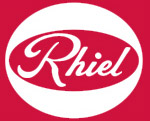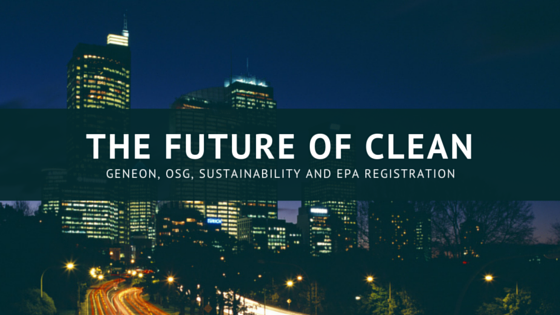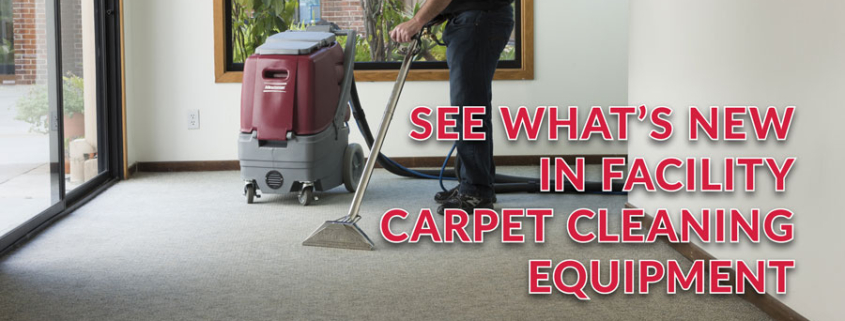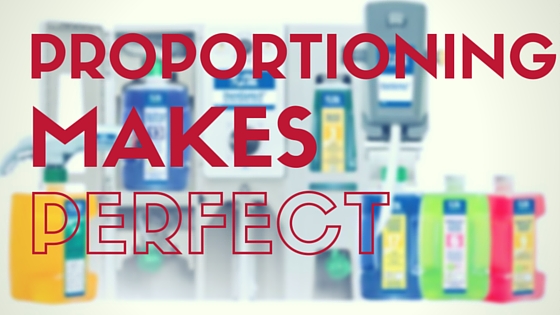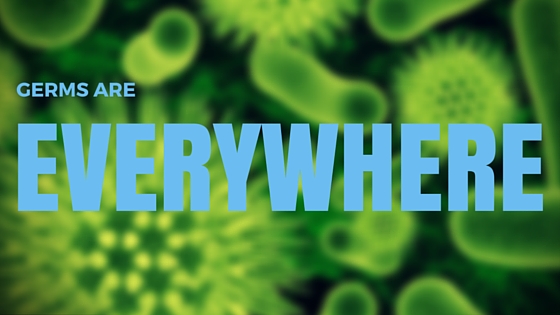A Brief Analysis of the RNC Norovirus Outbreak
As you may have read there have been 11 reported cases of what appears to be norovirus among the California delegation at the Republican National Convention. Whether or not it is norovirus this brings into question how situations such as these should be handled. (If you are an impatient reader and already understand what norovirus is then just skip the next few paragraphs so you can see the action plan.)
Before I start I want you to know that there is no reason to be panicked. As of now only the 11 said individuals have been affected. From any reports I can see there is no evidence that the virus has spread to others. This doesn’t mean you should be careless. It is still good practice to frequently wash your hands and when possible limit direct contact with others. I know it is easier said than done, but attempting to do so will limit the ability of the virus, or any pathogen really, to move. For more on why you should not be overly worried check out this article from Cleveland.com.
A crash course on norovirus
First, since norovirus is the virus in question let’s take a look at a few facts about norovirus from the CDC:
- Norovirus causes 19 to 21 million cases of acute gastroenteritis in the U.S. each year
- There are many types of norovirus so you can get it more than once
- Each year, norovirus causes 56,000 to 71,000 hospitalizations and 570 to 800 deaths, mostly in young children and the elderly
- Norovirus can stay on objects and surfaces and still infect people for days or weeks
- Norovirus is hard to kill and can survive some disinfectants (such as quats)
It is important to note that as mentioned above one of the best things you can do is wash your hands frequently–remember wash for at least 20 seconds, or in other words sing happy birthday twice. More CDC norovirus info.
Analysis of the Current Problem
Now to the issue at hand. At this point there are individuals who have already been sick, meaning there are potentially a large number of objects and surfaces that may still be harboring the pathogen. This is a big issue and is amplified due to the obvious connection with the RNC. Any spread of pathogens from the Resort outside of the city, where the affected delegates are staying, to the convention would mean all convention attendees are at risk. To further amplify things this isn’t just any convention it is a convention where people have come from all over the world to see who the Republican party selects as their choice to potentially be President of the United States of America.
I hope I have been able to at least partially convey the importance of addressing this issue with a swift and calculated response. I certainly don’t intend to alarm you and also don’t think you have a need to be overly alarmed. There methods available to effectively and efficiently deal with this problem.
Infection Prevention
We are in the business of improving the health of facilities and are very aware of effective ways to handle these problems. Obviously the best thing to do is to have a solid infection prevention process in place. In this case, however, the virus was brought with the affected individuals and great prevention can’t stop a sick person from showing up. Where a good infection prevention process will help is by limiting the ability of the virus to spread once it is introduced into a facility. If you are properly disinfecting to begin with then you can be confident that the virus will be contained.
I don’t know what kind of infection prevention protocol is currently in place, but my guess is that it is nothing very formal. I think this because if there were a solid process in place it would have been already released by the resort or the RNC. Chances are they are being reactive rather than proactive. I am not being critical of them because having a proactive plan for infection prevention is not done by many facilities. They may have a rough, informal process, but a strong protocol allows the facility to ease concerns before they begin.
Potential Solutions
Now let’s look at what can be done. As mentioned in the CDC facts above norovirus can be difficult to kill. Quaternary based disinfectants are ineffective; bleach is, but is nasty to deal with and can cause allergic reactions. I recommend using activated water, or engineered water. This is some newer technology that is now growing in adoption. It is a solution that can be generated at your facility and is probably more effective than what you are using now. The big benefit is that it has none of the negative health side effects associated with the harsh chemicals used in traditional disinfectants. Follow the links for more information on on-site generation and activated water.
The product of choice for me is GenEon. The disinfectant produced by their machines can kill norovirus with only 30 seconds of dwell time when mixed to the proper strength. To give you an idea most disinfectants require anywhere from 5 to 10 minutes of dwell time to achieve their kill claims.
Why is this dwell time important?
In the situation at hand speed is key. If the facility maintenance crew only has to wait 30 seconds vs. 5 minutes they can disinfect significantly faster allowing them to cover more surface area in a given amount of time. This means two things; they can quickly ensure that the virus is eliminated, but also they can increase the frequency with which they disinfect their facility. This means that instead of disinfecting 1, maybe 2, times a day they can now disinfect 3 or 4 or even more. As soon as a surface is touched after being disinfected it is contaminated again so frequent disinfection addresses this reality.
How should this be handled?
They have already quarantined the affected individuals so that will help keep them from spreading the virus. Now they need to address any of the areas where the virus may still exist. Due to the nature of how pathogens move the virus may now be in areas where the affected individuals have never been. So prioritizing is the top priority.
These are the areas that should be treated and the order in which they should be treated.
- Any transportation from the resort to the convention
- This obviously is a high risk area due to the fact that it can allow the virus to quickly move 60 miles from the resort to a city full of people.
- Any high traffic areas with high frequency touch points
- This would include the lobby, any escalators focusing on handrails, stair cases again focusing on handrails, any common meeting/eating areas, any common areas or corridors accessible only by staff.
- Lower traffic areas with medium frequency touch points
- Hallways to rooms with a focus on walls and door knobs, lower frequency exits (staff exits and such), any remaining staff only areas.
- Anywhere that was not covered above
In this case attempting to disinfect such a large area by having people spray the surface, wait 30 seconds, and wipe will take a long time. That’s why I would recommend a misting applicator and if you can a mister that utilizes electrostatics to ensure better coverage. This will allow personnel to simply mist a room/area and then just leave and let air dry. Using the GenEon product will not leave a residual so there is no reason it must be wiped.
These are just some quick thoughts and our experts can help design a program for you that is tailored to your facility. Follow these links for more information on GenEon and our electrostatic disinfection applicator, E-Mist.

